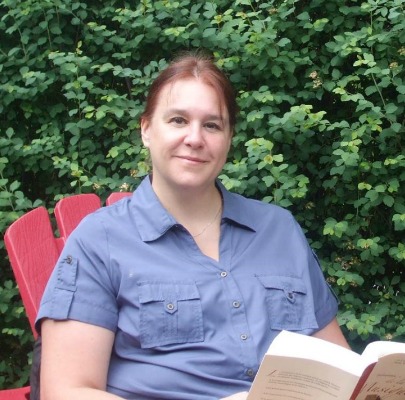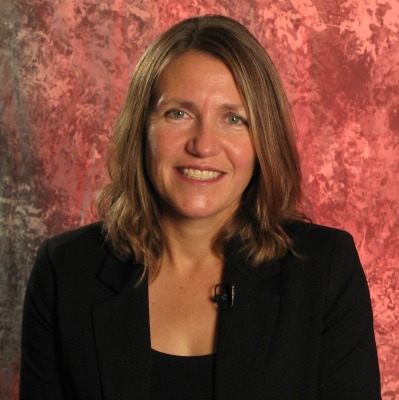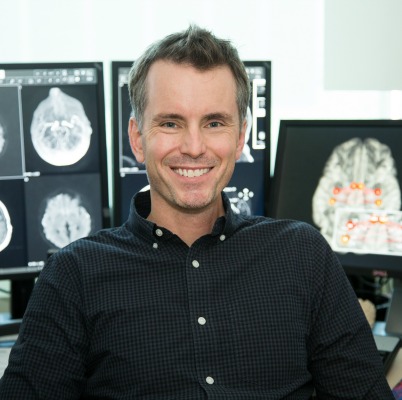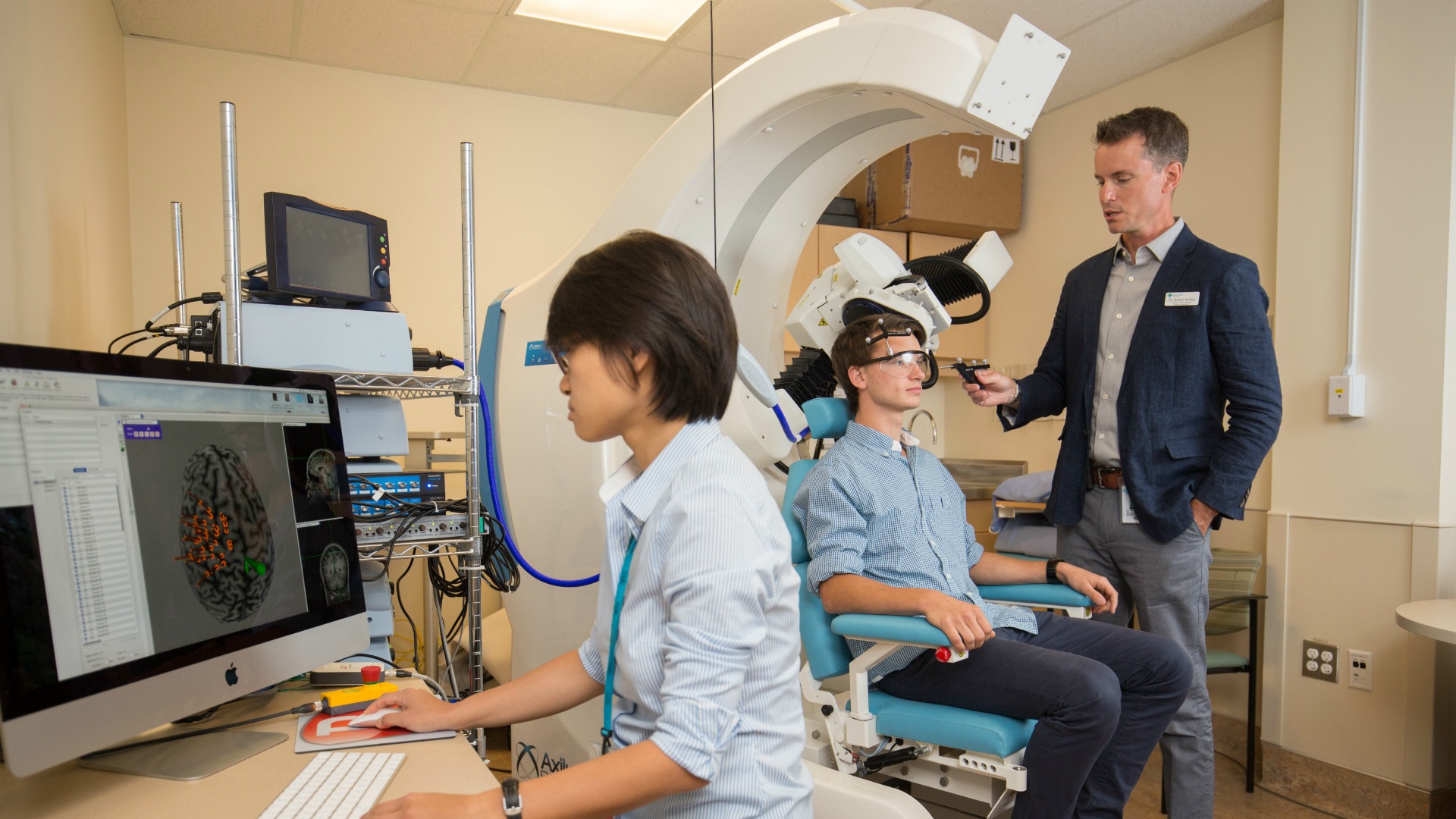Every stroke is different. And so is the recovery that follows.
An estimated 400,000 Canadians are living with the effects of stroke. Here are just some examples of research that is helping them make fuller recoveries.
Dr. Annie Rochette: Mapping the road to recovery
For many, the biggest challenges in recovery from a stroke are issues that can’t be seen. 
That’s why Dr. Annie Rochette, of the Université de Montréal and the Centre for Interdisciplinary Research in Rehabilitation ofGreater Montreal, looks at the recovery process holistically. Returning to independence in day-to-day activities is critical, but she also studies the psychosocial factors at play after a stroke.
For example, when people report on individual activities, like getting dressed, walking and doing chores, they seem to be doing fine. But what is the impact of all those activities together?
“When we looked at everything that needs to be done in a day, individuals who have had a stroke were exhausted, frustrated and less patient; this often caused conflict in the home,” says Dr. Rochette. “The fatigue, depression and cognitive deficits they experience can’t be seen by family members. This can lead to a lack of understanding and tension in relationships.”
Dr. Rochette is working to improve post-stroke education and support for the patient and their family members. She oversees Stroke Engine, a website funded by the Heart & Stroke Foundation Canadian Partnership for Stroke Recovery (strokengine.ca). The site provides information on stroke rehabilitation in lay language for patients and families, as well as evidence-based research for clinicians and students.
By providing the support and knowledge they need, Dr. Rochette aims to help people living with stroke and their families navigate the unknowns of the stroke recovery journey.
Dr. Jill Cameron: Helping the helpers
Half of all Canadians living with stroke need help with daily activities such as eating, bathing, dressing and getting around.  It’s easy to see why family and friends are pivotal in stroke recovery. In fact, the health and well-being of the caregiver can be instrumental in the patient’s recovery.
It’s easy to see why family and friends are pivotal in stroke recovery. In fact, the health and well-being of the caregiver can be instrumental in the patient’s recovery.
“Caregiving for stroke is such an unknown. Stroke onset is sudden and people do not know what to expect,” says Dr. Jill Cameron at the University of Toronto. Her research is focused on understanding the experiences and needs of family members who care for people living with stroke.
Recovery from stroke is different for each person, and their needs evolve through the stages of recovery: from acute care and rehabilitation to their return to community living. This evolution can add to caregivers’ frustration, fatigue and emotional stress. To address these changing needs, Dr. Cameron developed a new resource, the Timing it Right Stroke Family Support Program.
She stresses that caregivers need to focus on their own health. “When caregivers receive respite, they typically use the time to do errands rather than focusing on something valuable to them. We need to support them in using their time to take care of themselves — physically and emotionally,” says Dr. Cameron.
Maintaining the well-being of the caregiver will improve outcomes for everyone.
Dr. Adam Kirton: Supporting stroke’s youngest patients
Babies and children have strokes; in fact, the first week of life is the most focused period of risk for stroke.  Most survivors are left with some physical disability.
Most survivors are left with some physical disability.
Dr. Adam Kirton is researching ways to help children who had strokes near the time of birth to improve their physical functioning. He has completed two clinical trials, engaging more than 75 children in intensive two-week “camp” therapy sessions at his University of Calgary lab. The kids bonded with peers while working toward very personalized goals.
“Our aim is to define what each individual needs and find a personalized solution,” says Dr. Kirton. “The goal of a young girl being able to tie her hair in a ponytail, or a boy holding his lightsaber with two hands can mean just as much as winning medals at the Paralympics for others.”
The trials also involved the use of transcranial magnetic stimulation (TMS), a non-invasive technique that stimulates nerve cells in the brain. "The idea is that stimulation can prime the motor parts of the brain to help the kids learn faster or better," he says.
For Dr. Kirton, the impact of this work is tangible. “Seeing young people achieve something they never thought they could, and the positive effect this has on their lives over the long term, is very rewarding.”
- Learn more about stroke recovery.
- Find more stories of innovative stroke recovery research at the Heart & Stroke Foundation Canadian Partnership for Stroke Recovery.
